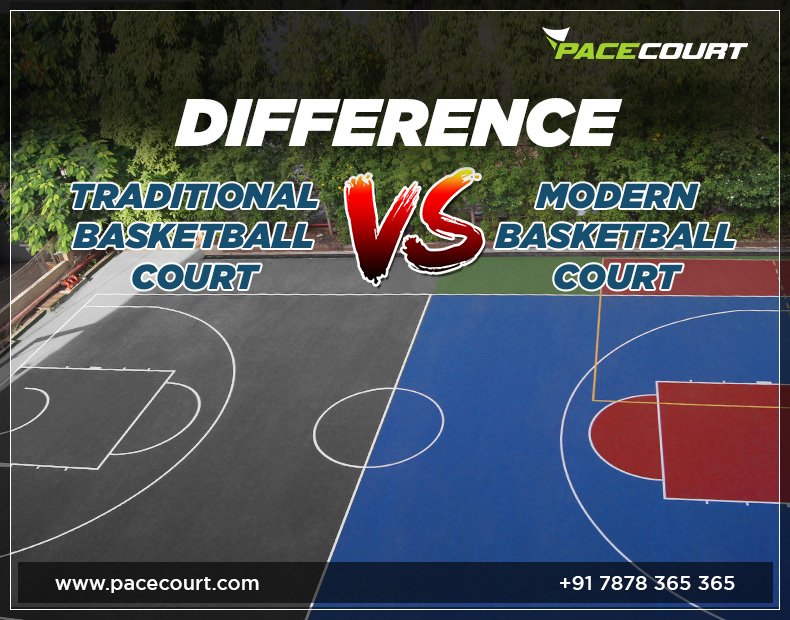Basketball Court Construction is not a task of a solopreneur. It requires joint efforts blended with the best practices to stay atop. This article will describe five practices that can improve the playability experience and reduce player fatigue. Let's get the ball rolling.
Tip 1- Inspect the site
Before starting the basketball court construction process, inspect the site. Choose a flat site free from obstructions that hinder and delay the overall construction process. Ensure there is adequate space or fencing across the court so that no one trips while making fast movements.
Tip 2- Select the Floor Carefully
A carefully chosen floor imbibes aesthetic appeal, improves the player's performance, and prevents mishaps.
Which Is The Best Sports Flooring?
The market is inundated with sports court flooring options, but acrylic sports flooring is more likable when it comes to basketball court construction because it is a blend of durability, resilience, and high performance. Its composition makes the surface consistent, minimizes bounce and friction, and lets the player play the game to the fullest.
How Is It Different From Traditional Flooring?

In contrast to conventional flooring options, synthetic acrylic flooring options come enveloped with benefits, such as it does not swell like wood, has a longer lifespan, and is not altered by the vagaries of climate. The consistent surface material contributes to precision, firm grip, etc. It is a cost-effective choice for the installers in the long run.
Tip 3- Use Pacecourt Cushion Coat
Another important consideration is that cushioning means the floor should be able to absorb shock and thus reduce player injuries. The Pacecourt Cushion Coat is a multi-layered product that promises to do the same. It, in turn, enhances comfort and contributes to a better playing experiencPaint the court
The work does not stop here. Color Coat the court to ensure it stays aesthetically high. This further ensures proper adhesion and durability. The non-slip coatings are vibrant, free from harmful chemicals, and long-lasting.
Tip 4- Court Dimensions and Marking
Before overhauling or starting with the construction process ensure the court dimensions are measured accurately and it should comply with the local building codes, zoning regulations and permits. Before hosting national or local tournaments, these figures play a vital role. Don't forget to measure the length, width, hoop, three-point lines, and centre circle.
By following these best practices, you can ensure the construction meets the safety standards and the needs of the players and spectators. Regular maintenance and safety guidelines will ensure court longevity.
Is There Any Company That Can Help You to In Constructing Basketball Court Flooring?
Today, you are spoilt for options, but Pacecourt is the right choice. It is popularly called the leading basketball court builder because they are committed to providing you with the right durable materials, that ensures a firm grip, and better players experience.
Our products are designed in a way that requires low maintenance and upkeep. It saves your buck and you can exceed the client's expectations with us. Our diverse range of synthetic acrylic flooring products are cherry on the cake.
Call us to get the flooring materials that last long.




